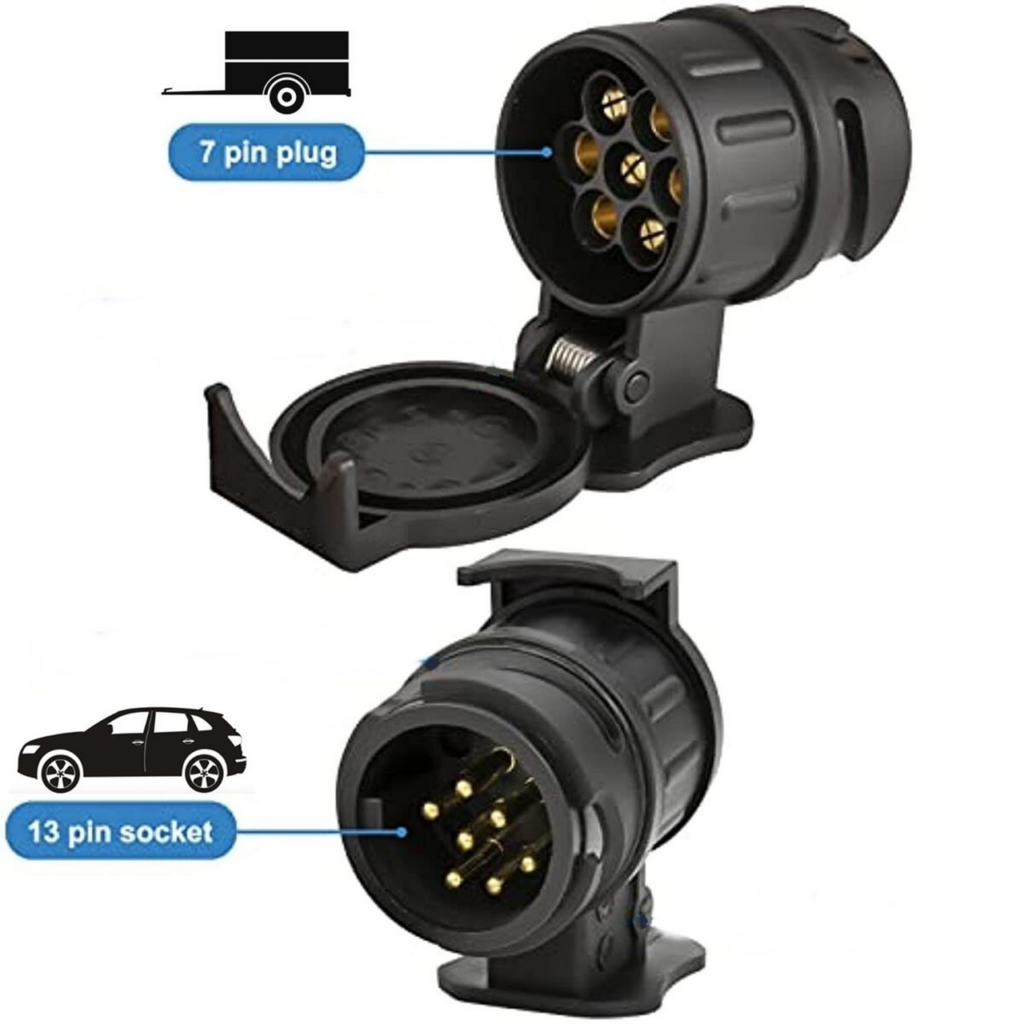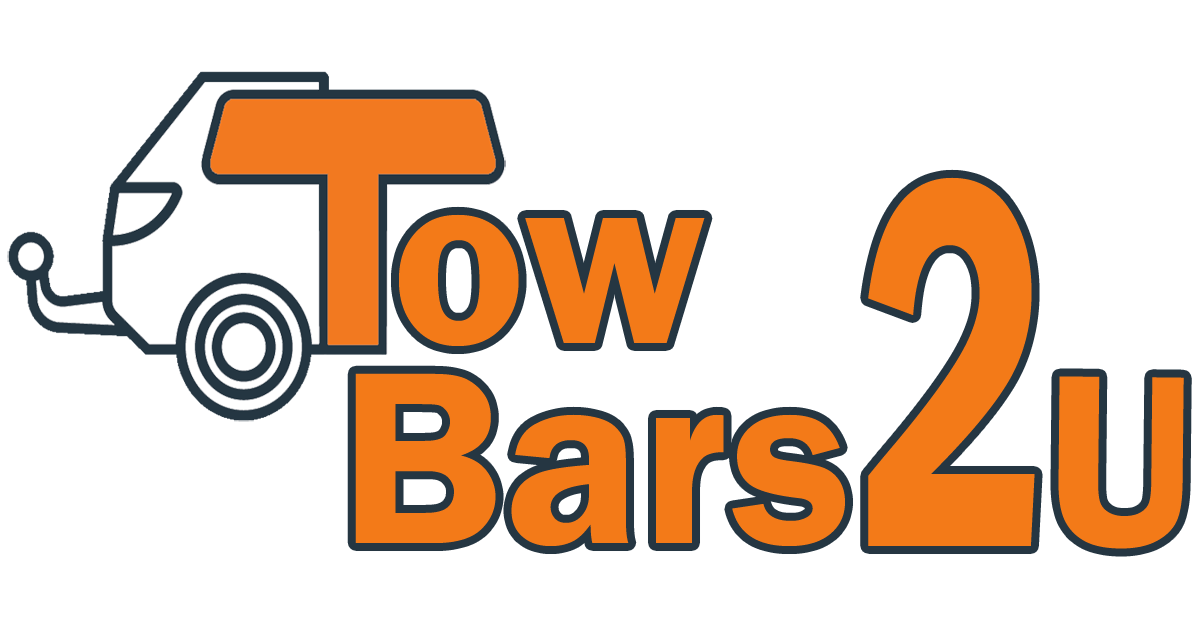TowBar Types
There are 3 main towbar types they all do the same job but differ in looks,price and functionality.
Type 1 Fixed flange (Classic fixed towbar)

Type 2 Fixed swan neck (Newer style towbar looking a bit neater and can help stop interference with parking sensors)

Type 3 Detachable swan neck (The same as the fixed swan neck but removable keeping the vehicle look and stopping it getting in the way when not in use)

Electric Types
There are three electric types available for towbars.
Type 1 7 Pin (Classic connection used for most trailers and some bike racks)
Functions: Left tail Light, right tail light, brake lights, left indicator, right Indicator and fog light.

Type 2 Twin 7 Pin (Classic connection used on pre 2008 caravans)
Functions: Left tail light, right tail light, brake lights, left indicator, right indicator, fog flight reverse light,permanent 12v supply for caravan and switch 12v supply for caravan fridge.

Type 3 13 pin (Newest connection style used on all caravans since 2008 most new trailers and some bike racks)
Functions: Left tail light, right tail light, brake lights, left indicator, right indicator, fog flight reverse light,permanent 12v supply for caravan and switch 12v supply for caravan fridge.

You can buy adapters for each of the plug types to change it to another. You will only get the functions the lowest plug can support ie
When changing from 7 pin to 13 pin, the reverse light, permanent 12v and switched 12v would not work on the item you were connecting.

When changing from 13pin to 7 pin, the reverse light, permanent 12v and switched 12v would not work on the item you were connecting.

When changing from 13 pin to twin 7 pin, all functions should work on the item you were connecting.

Each of the above options can be provided as a universal kit or dedicated kit this refers to how the socket is connected to the vehicle.
OEM
This can only be supplied and fitted by the vehicle manufacturer and will in most cases integrate with the cars computer systems, sometimes OEM can only be fitted when the vehicle is being built.
Universal Electrics

The socket is connected to the vehicle by joining wires to the vehicle cables entering the rear lights and connecting these into a bypass control box. This mirrors the signals to the socket and we use the control box to stop the socket interfering with the vehicles systems. The vehicle is unaware that the towbar is present.
Dedicated Electrics

There are two types of dedicated electrics which function slightly different to each other. We do not get a choice which one is available for a specific vehicle or always know which one it is.
Dedicated electrics are connected to the cars computer network can-bus system and listens for the commands related to the vehicle lighting.It decodes them turning on and off the appropriate lights on the attached device.
Read Only Dedicated Electrics
This kit will only listen for signals and not talk back to the car faults will be indicated by a beeping usually from the rear of the vehicle.
Read/Write Dedicated Electrics
This kit will both listen to and talk back to the cars computer network. In most cases we will have to program the vehicle to let it know to listen for the messages from the kit depending on the vehicle. This allows the car to make adjustments when something is attached ie
- Enable the vehicles trailer stability program.
- Disable rear collision avoidance systems.
- Adjust parking sensors to take into account the tow ball.
- Disable or adapt lane change assist.
- Disable or adapt blind spot monitoring.
- Change Automatic shift timing.
- Adjust cruise control systems.
- Display trailer lighting faults on the dashboard.
